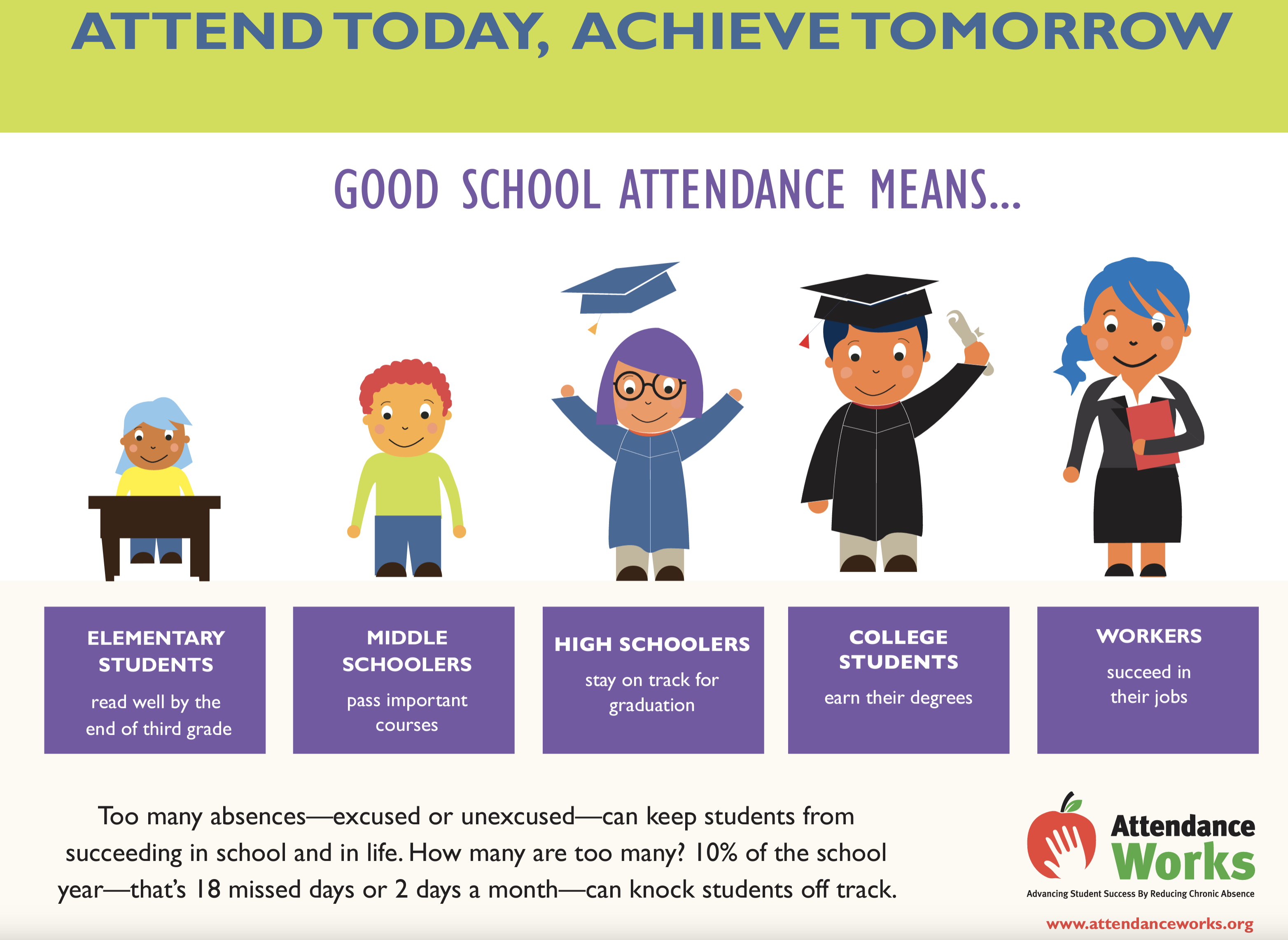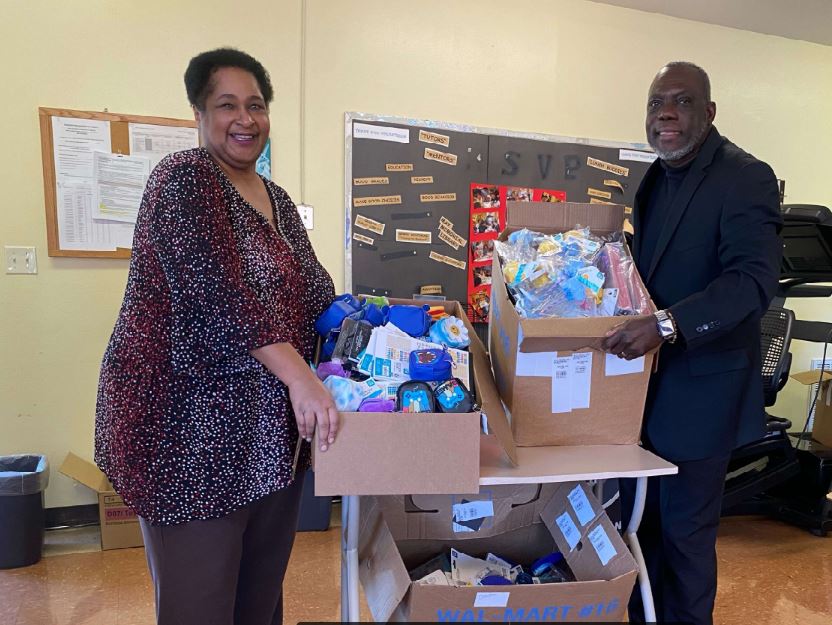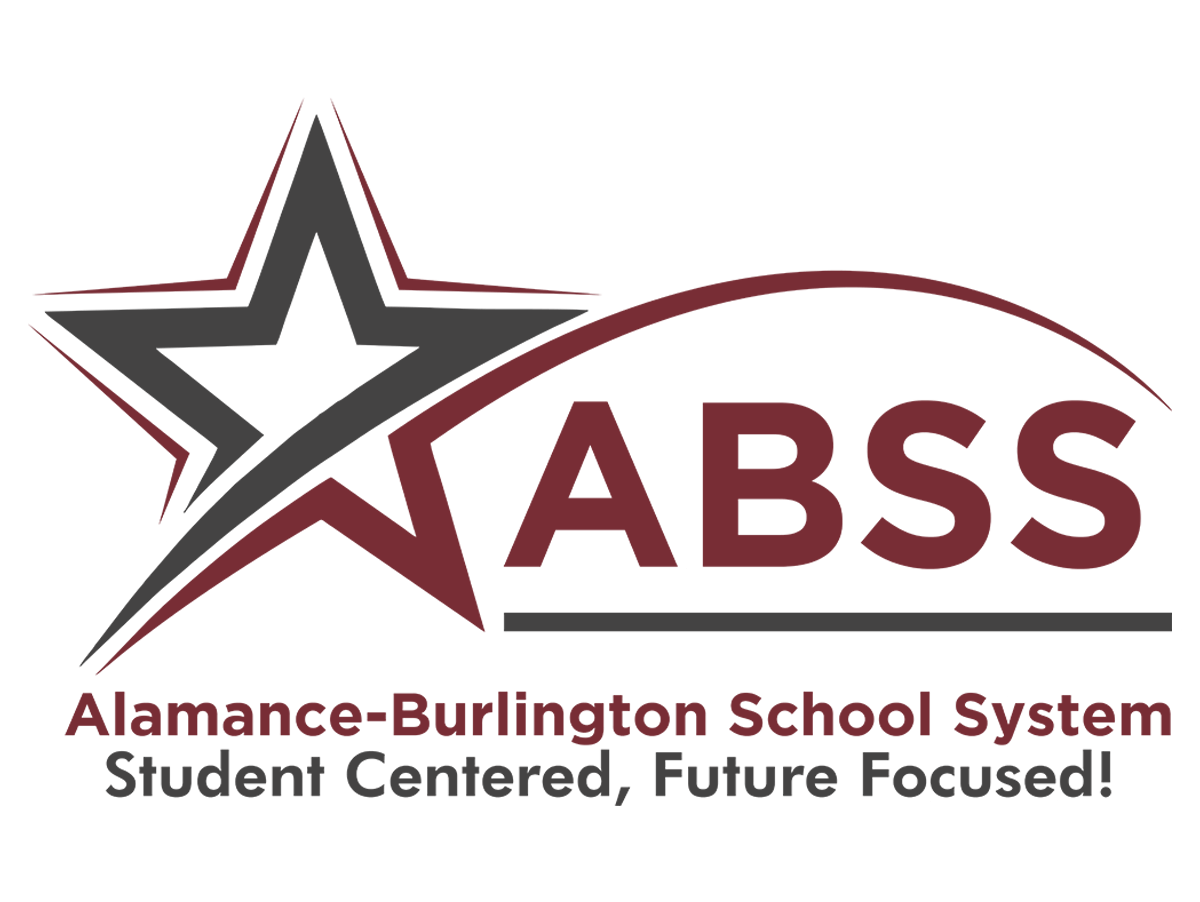School Social Work & Attendance
School Social Workers are trained to support academic achievement and MTSS! From the School Social Work Association of America position statement School Social Workers’ Role in Addressing Students’ Mental Health Needs and Increasing Academic Achievement:
School social workers offer their unique training and expertise to link mental health, behavior, environmental factors (e.g., family, classroom, school, and community), instruction, and learning together to create safe and successful learning environments.
This is done by school social workers fostering collaboration among school staff and community-based service providers while also integrating existing initiatives in the school. Integrated services lead to more sustainable and comprehensive school improvement, reduce duplicative efforts and redundancy, and require leadership by the principal and a commitment from the entire staff (Iachini et al., 2017; Massat et al., 2016; Thompson et al., 2019).
ABSS school social workers serve on and lead MTSS teams, PBIS teams, serve as leaders of groups focused on excellence and achievement within their schools: Little Leaders, Blue Blazers, Student Council, etc.
The most effective way to implement integrated services that support school safety and student learning is through a school-wide multi-tiered system of supports (MTSS). In a growing number of schools across the country, response to intervention (RTI) and positive behavior interventions and supports (PBIS) constitute the primary methods for implementing an MTSS framework. School social workers are well positioned to help lead these efforts. Effective MTSS requires:
Adequate access to school-employed specialized instructional support personnel (e.g., school social workers, school counselors, school psychologists, and school nurses) and community-based services;
Integration of services, including mental health, behavioral, and academic supports and school based and community services;
Adequate staff time for planning and problem solving;
Effective collection, evaluation, interpretation, and use of data; and,
Patience, commitment, and strong leadership. (Avant & Lindsey, 2015; Kelly, 2014; Kelly, Frey, Alvarez, Berzin, Shaffer, & O’Brien, 2010; Lucio, Campbell, & Kelly, 2020) Integrating
Services through Collaboration and a Multi-Disciplinary Approach
If the only task of teachers was to teach the three R's, their jobs would be easy. But as we know, many factors conspire to make it difficult for some young people to make it through school—among them, poverty, substance abuse, community violence, early sexual activity and family conflicts.
School social workers pick up where teachers leave off. They are perhaps the professionals best equipped to address the social and psychological issues that can block academic progress. School social workers bring their unique skills and systems perspective to the assessment and diagnosis of children's needs. Through counseling, crisis intervention and prevention programs, they help young people overcome the difficulties in their lives, and as a result, give them a better chance at succeeding in school.
Because social workers are trained to think of innovative solutions to complex problems, their interventions often make a strong difference for young people at risk for academic failure and dropping out of school. Their goal is to overcome institutional barriers to learning and gaps in services to maximize academic performance.
Besides helping youth with traditional academic problems, social workers aid others whose specific social, psychological, emotional or physical difficulties put them at risk for falling through the cracks. These include homeless youth, abused and neglected youth and young people with physical or mental health disabilities.
Attendance
School social workers play a vital role in supporting students at risk of dropping out of school. School Social Workers recognize that the decision to drop out of school may have serious life-long implications. School social workers are dedicated to assisting students to be successful in school and to reach high school graduation. Federal, state, and local resources must be used to address the serious barriers to high school graduation that face students on a daily basis. Barriers to graduation may be systemic, environmental, familial, cultural, physical, or emotional.
School social workers are specially trained and qualified to identify students at risk and to intervene to assist students to remain in school. School social workers may assist families and students in addressing concerns including substance abuse, undiagnosed disabilities, cultural diversity issues within the school, abuse and neglect, physical and mental health issues, and school violence. School social workers are also the critical link for families and students to community support services.
School social workers are dedicated to improving school systems and alleviating the systemic barriers to learning and graduation. The following changes, among others, in the school environment must occur that would assist at-risk students to remain in school:
social and life skills training;
counseling and mentoring programs;
alternative routes to earning high school credits;
career and technical skills training;
community collaboration;
understanding the broad range of learning styles;
community service experiences;
strong professional development for all school staff,
smaller class and school size; and, transition planning
Early identification of students at risk and concerted efforts to correct systemic barriers to graduation will help more students to be successful in school and beyond
Interesting statistics:
The negative impact of absences on literacy is 75% larger for low-income children whose families often lack resources to make up lost time on task (Ready, 2010)
Only 17% of low-income children in the United States read proficiently by fourth grade (NAEP, 2009)
Nationally, 1 out of 10 kindergarteners & first graders are chronically absent
Poor children are four times more likely to be chronically absent in Kindergarten than their highest income peers (According to Anne E Casey foundation, 2,794 children are living in high poverty area of which is 8% of Alamance County Children.)
56.3% of severe chronic absent sixth graders will graduate from high school (missing 20% or more days of school per year – approximately two months of school)
By ninth grade, regular and high attendance is a better predictor of graduation rates than eighth grade test scores •
Missing 10 percent (or about 18 days) can make it harder to learn to read Information from www.attendanceworks.org
Resources


